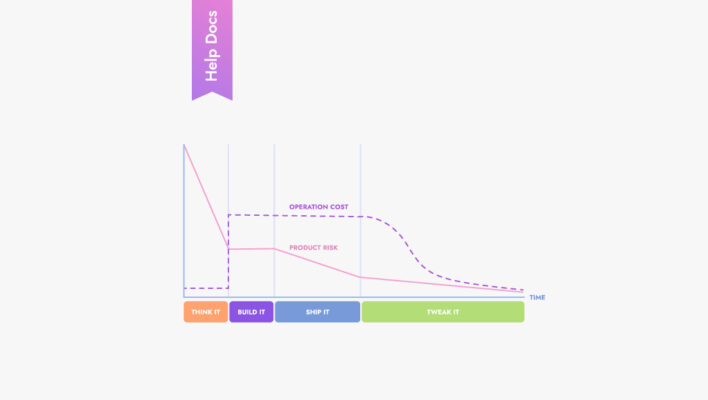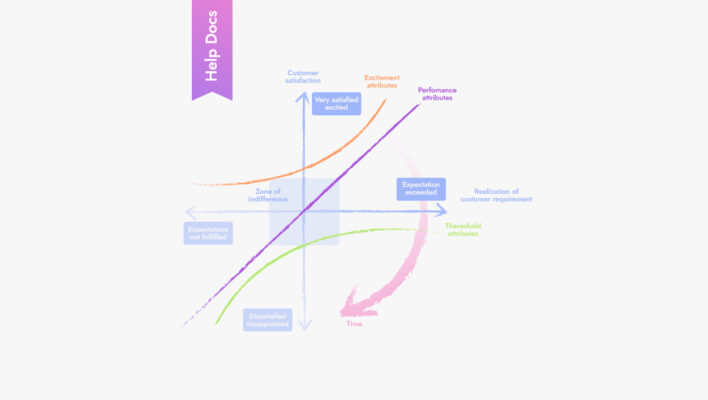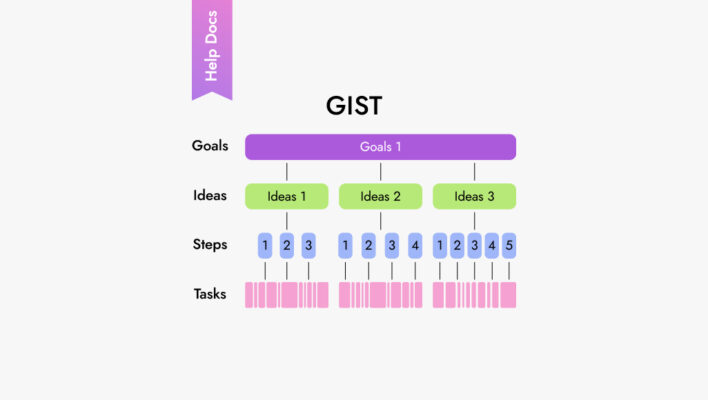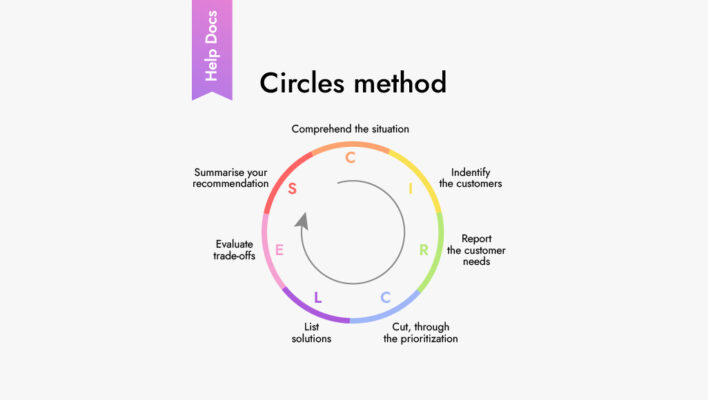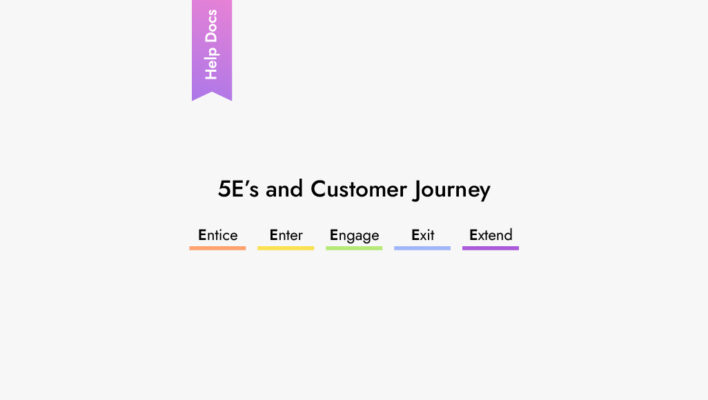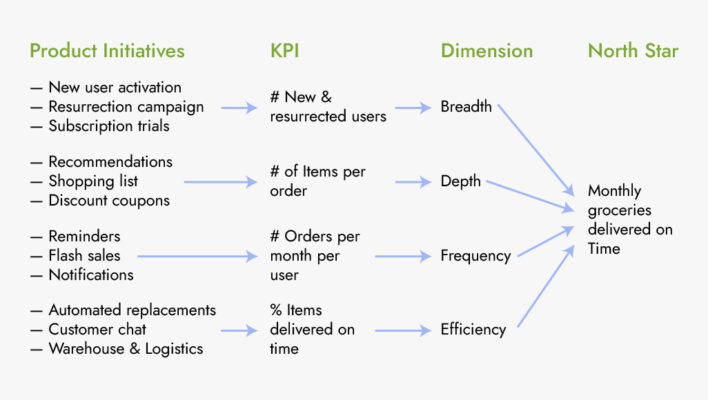How to quickly test a business hypothesis and make timely changes? Use the HADI cycle!
The HADI Cycle is an agile tool that simplifies the process of dealing with complex problems by systematically hypothesizing, analyzing, designing, and implementing solutions to achieve desired results.
The HADI framework allows businesses to formulate a hypothesis, test it through iterative cycles, collect relevant data, and make informed decisions based on the results. By following this iterative approach to testing hypotheses, businesses can efficiently adapt their strategies, optimize outcomes, and provide continuous improvement in their business operations.
As an agile methodology and project management tool, the HADI cycle is particularly beneficial for individuals or teams engaged in startup development or internet marketing, where performance indicators and data-driven decision-making are crucial. By embracing HADI, startups and project teams can adapt quickly, optimize their efforts, and refine their approach based on performance indicators, ultimately increasing their chances of achieving desired results. This structured framework helps them navigate complex challenges, enable consistent improvement, and effectively address problems throughout the project lifecycle.

How to use it
HADI, the Hypothesize, Analyze, Design, and Implement framework, outlines a systematic problem-solving and project development approach. Here’s a breakdown of how HADI Cycle works:
- Hypothesize. The first step is to hypothesize or formulate a clear problem statement or precise goal. This involves identifying critical problems or opportunities and defining the goals you want to achieve. Use S.M.A.R.T. goals to set a hypothesis. Setting SMART goals means clarifying your ideas, focusing your efforts, using time and resources productively, and increasing your chances of achieving what you want.
- Analyze. Once the problem is defined, the analysis phase involves gathering and analyzing relevant data, conducting research, and evaluating potential solutions. The purpose of this step is to gain a deeper understanding of the problem, identify patterns or trends, and assess the feasibility of different approaches.
- Design. The design phase focuses on developing a detailed plan or strategy to address the identified problem. This includes creating a blueprint, designing algorithms or processes, and specifying the necessary resources or components required for implementation. The design phase also involves considering potential risks and constraints and incorporating them into the plan.
- Implement.The final step is to implement the designed solution. This may involve developing software, building prototypes, or executing the proposed strategy in a real-world context. During the implementation, it is crucial to monitor progress, track the performance, and make any necessary adjustments or refinements based on feedback and data analysis.
The HADI framework operates iteratively, meaning that the process may cycle through the steps multiple times. This leads to continuous learning, adaptation, and improvement. Agile principles, such as flexibility, collaboration, and feedback, can be integrated into the HADI framework to enhance effectiveness.
Example
Here are real-life examples illustrating the application of the HADI Cycle to test a business hypothesis:
Launching a New Product Feature
Hypothesis: Adding a chat support feature to our e-commerce platform will increase customer satisfaction and boost sales.
- Hypothesize: Formulate the hypothesis that integrating a chat support feature will improve customer satisfaction and increase sales. It is a good idea to set a goal in the form of a metric you want to improve. For example, increase sales by 10% per month.
- Analyze: Gather customer feedback, conduct market research, and analyze competitor offers to assess the potential impact of adding chat support.
- Design: Design a minimum viable product (MVP) of the chat support feature, including its functionality, user interface, and integration with the existing platform.
Learn more about creating an MVP by exploring “The Lean Startup” by Eric Ries, which provides valuable insights and practical examples. This book aligns with the principles of efficiently building and iterating on an MVP, validating hypotheses, and leveraging customer feedback for continuous learning and improvement.

- Implement: Integrate the chat support feature into the e-commerce platform and make it available to a select group of customers. Then see how this affects the metric we want to improve.
- Analyze (again): Measure critical metrics such as customer satisfaction ratings, sales conversion rates, and customer support ticket volumes. Analyze the data to determine the impact of the chat support feature on the defined metrics.
If the data shows increased customer satisfaction and improved sales, proceed with full-scale implementation of the chat support feature.
If the results are unexpected, analyze the feedback and data to identify necessary improvements or consider alternative approaches, such as adjusting the features or exploring other customer support options.
Based on the insights gained from the initial implementation, continue iterating on the chat support feature, incorporating user feedback and making further improvements to enhance its effectiveness.
Takeaway
In conclusion, adopting the HADI Cycle allows individuals and teams to approach problem-solving in a structured and systematic way. By following this agile tool, they can make informed decisions, effectively mitigate risks, and make achieving successful results more likely.


